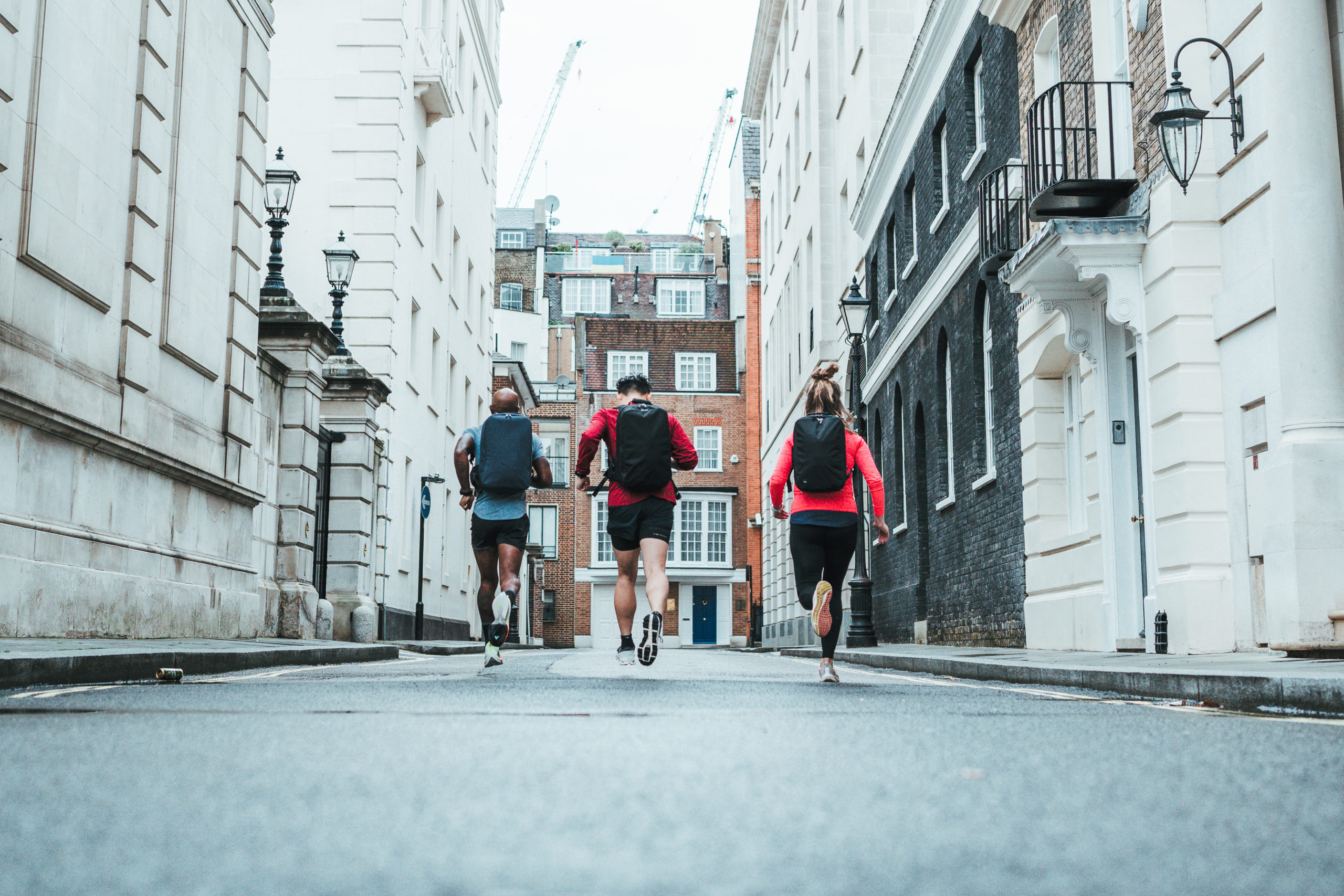Words by: Katja Takala
Pictures: Ironman
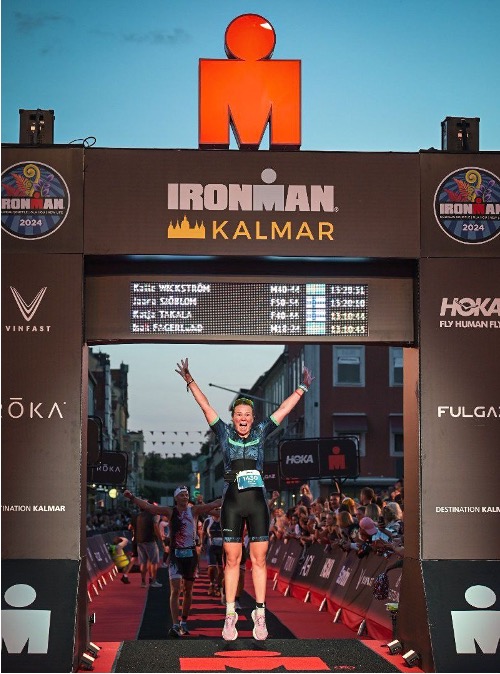
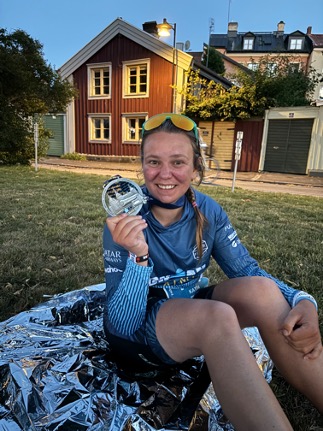
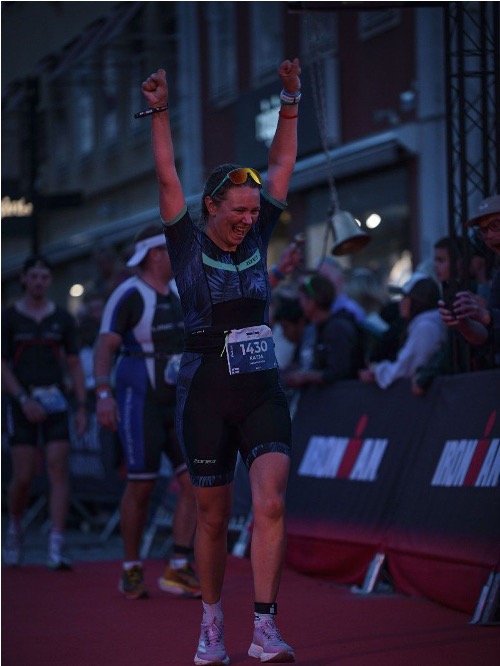
How to go from a marathon to completing an ironman? And is it even something runners should really consider?
A Journey from Marathon to Ironman
I’ve always been a runner. Growing up, I had “runfanatics” in my family, and in many ways, I was always encouraged to take on distance running. From an early age, I was sold on this idea that in our family we might not run fast, but we run far, almost as if endurance running ran in our blood.
So I ran. Not particularly fast, but far, and over many decades and different life stages. Running has always been part of my life. Of course, there have been off-seasons, times when I’ve prioritised other things in my life (hello, student life), but eventually, I’ve always returned to my running shoes.
What is it about running, you might ask? Accessibility. Simple as that. To run, you really don’t need much more than decent running shoes and a safe environment to do so. Anything and everything else is extra. My early exposure to the sport has obviously also influenced my experience of running as the most accessible sport there is. In different life turns, whether experiencing joy or sadness, running has always been the answer. Run to feel gratitude. Run to let it all out. Cry if you have to, smile if you can. The roads never judge.
And so I kept running, sometimes channelling Forrest Gump, sometimes David Goggins and Rich Roll, and sometimes Paavo Nurmi, Lasse Virén and Steve Prefontaine. Eventually, I ran multiple road marathons and ultra-marathons. Sometimes faster, sometimes slower, but always feeling right at home in my running shoes. And that’s still to date my biggest passion, my personal oasis that I will guard to the best of my ability. The only thing capable of ruining that for me is illness, disability, or… you guessed it, injury.
I’ve always worked hard to stay injury-free, but in late 2023, I had to come to terms with multiple injuries that eventually put running on hold for me for an extended period. After a couple of weeks of sheer desperation, I signed up for a full-distance Ironman pretty much on a whim. Having never swum properly before and with very little road cycling experience, it might sound like an impossible goal that only someone medically insane would set for themselves. But with a solid background in endurance running, I somehow knew I could do it, or at least that’s what I told myself.
I had 8 months to prepare for the Ironman race, and the first thing I did was hire a swimming coach. I found an excellent one who taught me how to swim from scratch. Nervously, I ventured into my local pool for the first time, outfitted in a newly purchased swimsuit, swimming cap, and goggles. I dipped my toe into the slow lane, unsure of what to expect. I swam religiously 2-3 times a week, and as the weather warmed up in London, I started to get used to open-water swimming in the docks.
Let me tell you, cold-water acclimatisation in central London’s docks did not go smoothly. I bailed out of my “Introduction to Cold Water Swimming” course within minutes. The next few sessions were powered mostly by sheer panic, as I tried not to think about what might be lurking in those murky waters. For the rest of my training, I swam once or twice a week in the pool, and once a week in open water.
As I gained confidence in the water, I began to notice something familiar—similar to what I experience while running: the quiet, the peace. Swimming had become my second love.
Unfortunately, cycling was much harder for me to get into. First, I only had my old road bike, which I originally bought as a commuter bike. Second, a few years ago, I had a cycling accident where I flew off my bike, hit the pavement, and lost consciousness. While I thankfully didn’t suffer any serious head injuries, I did break a few teeth and sustained some cosmetic damage to my face. The experience was enough to stop me from cycling in central London for years, so understandably, I was hesitant to get back in the saddle.
Some people say an Ironman is essentially a cycling race with a bit of swimming and running mixed in, so I knew I’d have to spend a lot of time on a bike. I grabbed my old road bike—the same one I had used for commuting—and hit the road. But cycling in central London isn’t exactly enjoyable, and the best rides I had were when I managed to escape the city to venture out or ride laps around Richmond Park.
At best, I got a glimpse of the beauty in cycling—a beauty I’m sure exists—but it wasn’t love at first ride. That love story is still unfolding. However, I did develop a newfound relationship with my old Bianchi. We spent a fair amount of time together, though not nearly the amount that coaches or training plans would recommend. Still, despite the minimal mileage, these two old “ladies”, my Bianchi and I, somehow managed to make it through the 112-mile (180 km) ride after 8 months of training.
I took 8 months to learn to swim well enough to complete the 2.4mile/3.8km swim in the Baltic Sea, to have the fitness to ride 112mile/180km on my old road bike across the beautiful island of Gotland, and at the end, run a full marathon (26.2mile/42.2km, as you know) to the finish line. With very little running during those 8 months, I became an Ironman in Kalmar, Sweden in August 2024.
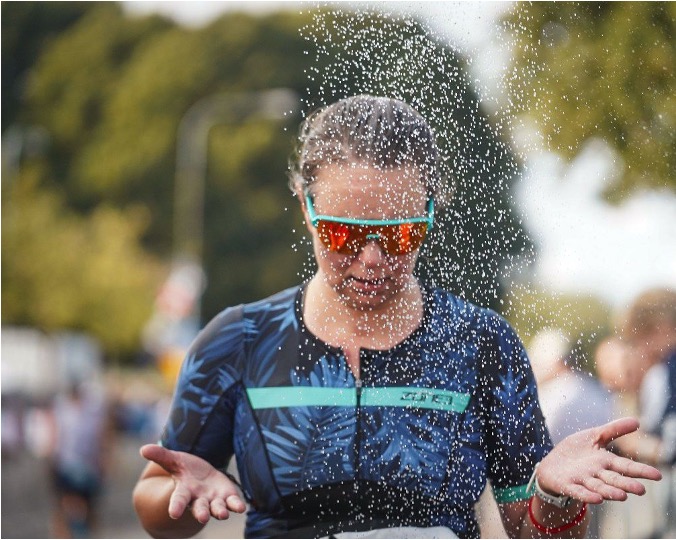
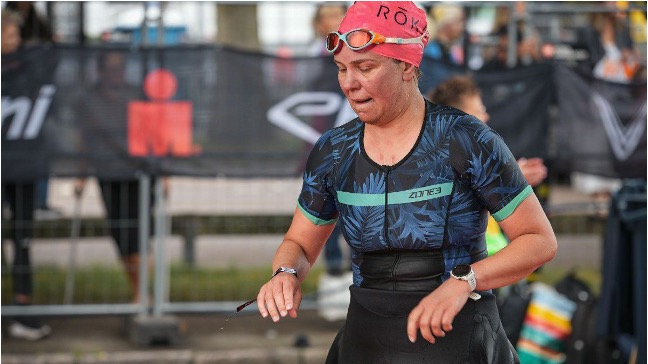
Is Ironman an achievable goal for distance runners?
The short answer is yes! Very achievable. I honestly think anyone with a decent background in any endurance sport can complete an Ironman within a year and with some focused training. Learn to swim if you don’t know how. And get comfortable on a bike, at least a semi-decent road bike, and you are already on your way.
Running has already taught you everything else: resilience, mental toughness, and how to build fitness over time. With a good basic level of fitness and true runner’s grit on race day, you might just have a fantastic day like I did.
Why runners should, and shouldn’t, do an Ironman
It’s likely that you’ve read this article because you have at least some interest in the idea of doing an Ironman. That’s often because you’ve hit a certain age (hello, middle age), you are an injured runner trying to find a new outlet and a race goal, or you’ve stumbled across triathlons as a trendy sport to do right now.
I believe, and hope, that runners are often contrarians, just because of the intrinsic value that we find in running. So, when it comes to the third point and the endless sea of social media posts trying to convince us all to become triathletes, I would say this: you don’t have to do an Ironman just because everyone else in your local running community and your neighbour Dave have done it. If it doesn’t speak to you, then don’t do it. It’s not any bigger a badge of honour than running a marathon or doing any other race. The external validation will fade, so if you want to do it, then do it for yourself.
Now, this is why I do think training for an Ironman might be good for runners, and it’s all about cross-training. I love my running so much that if I could, that’s all I would do. Being hit by an injury forced me to venture out and try swimming and cycling instead. As a result, I would say my overall endurance fitness has increased. I have been able to increase my training load whilst staying injury-free. I have found similar peace in swimming to what I do in running, and I have stayed alive cycling in London.
So, if you are about to hit a running burnout, then please don’t lose your love of running by overdoing it. Take a break and perhaps try the tri-sports.
Or, if you are one of the unlucky ones facing an injury, then swimming and cycling could be good options to keep you going and to keep you sane.
Or perhaps, you have reached all your running goals but still crave new medals for your collection. Then sure, go for it.
And when you are done with your triathlon season, you can always return to running. Just lace up your shoes and go. I’ll see you out there.




